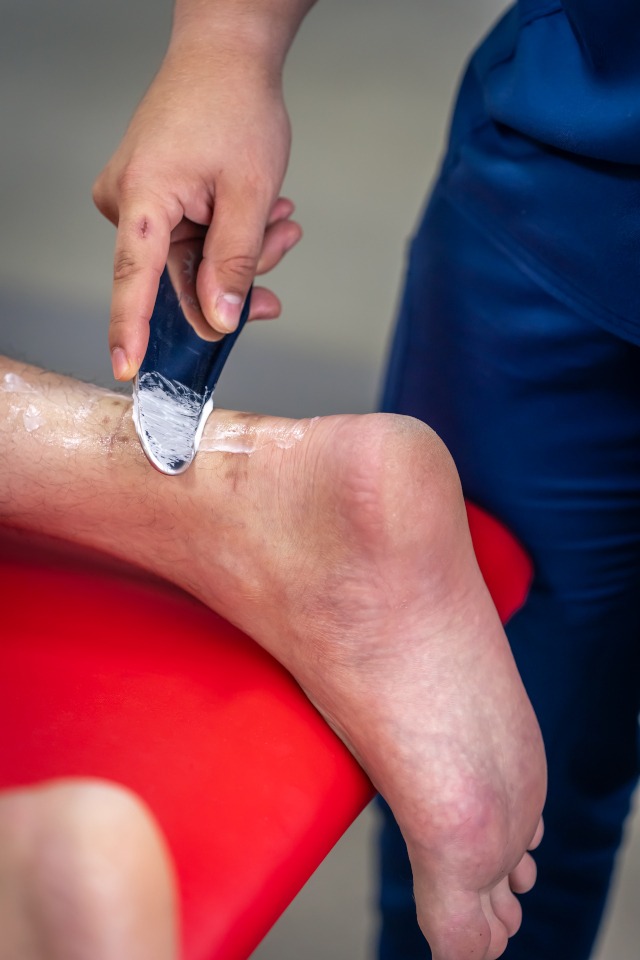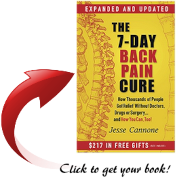The Graston Technique is a form of manual therapy that involves the use of specialized tools to massage and manipulate the fascia and soft tissues in the body. As discussed in past articles, the fascia is the connective tissue that surrounds and supports muscles, bones, and organs. Before we dive into today’s article, I want you to know that I am not a medical professional and what follows is not medical advice. It is my hope that you use the information as a steppingstone to do your own research on this topic.

Image by pvproductions on Freepik
The Graston Technique was developed by David Graston, an amateur athlete and industrial engineer who injured his knee in a water skiing incident in the 90’s. Following his injury, he sought effective treatments, and dissatisfied with the available treatments, developed his own approach to soft tissue therapy. And thus, the emergence of the Graston Technique.
Here is how the Graston Technique may affect the fascia and its potential benefits for pain relief:
- Breaks down scar tissue and adhesions: The Graston Technique uses specially designed instruments with beveled edges to detect and treat areas of fibrous or scar tissue. By applying controlled pressure and friction, the therapist can break down these adhesions and promote the remodeling of tissue.
- Stimulates collagen production: The controlled pressure applied during the technique is believed to stimulate the production of collagen, a protein that plays a crucial role in tissue repair. This can contribute to the healing process by encouraging the formation of healthier tissue.
- Increases blood flow: The massage and manipulation of tissues with the Graston Technique may enhance blood circulation in the treated area. Improved blood flow can help deliver oxygen and nutrients to the tissues, supporting the healing process and reducing inflammation.
- Promotes tissue flexibility and mobility: The Graston Technique aims to improve the flexibility and mobility of soft tissues by breaking down restrictions. This can lead to increased range of motion and reduced stiffness, which may contribute to pain relief.
- Alters pain perception: By addressing soft tissue restrictions and promoting healing, the Graston Technique may help modulate pain signals. This can lead to a reduction in pain perception and an improvement in overall comfort.

It is important to note that while many people report positive outcomes with the Graston Technique, the scientific evidence supporting its effectiveness is somewhat limited, and more research is needed to fully understand its mechanisms and benefits. Additionally, individual responses to the technique can vary, and it may not be suitable for everyone. If you are considering the Graston Technique for pain relief, it is advisable to consult with a qualified healthcare professional or therapist who can assess your specific condition and determine the most appropriate treatment approach for you.
To Your Success & Freedom,
Glenn Shimabukuro



